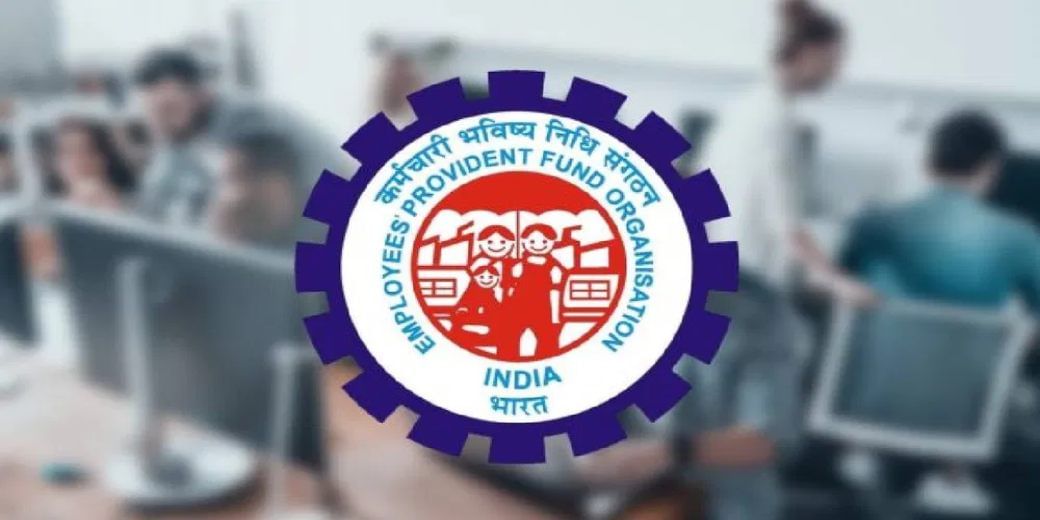Contribute here to secure future!
The government announces interest on PF on an annual basis. Foe 2022-23, interest rate of 8.15% has been declared.

Forty-year-old Narendra, who works in a pharmaceutical company in Hyderabad, has adequate cover in health and life insurance. But he could not plan for retirement due to his children’s education expenses. Narendra’s elder son has completed his studies.
He is now thinking of saving Rs 15,000 per month and investing. Narendra does not want to take any kind of risk on his investment. He wants to invest this money in such a way where he gets assured returns with safe investment.
If you are also employed and want better returns on investment then you should make voluntary investment in Employees Provident Fund (EPF). Voluntary Provident Fund is a great investment option for employed people.
You can also avail big benefits on tax front in this investment.
Narendra’s monthly basic salary is Rs 30,000. Currently, 12 percent of this amount goes to the Provident Fund, i.e. PF. The same amount is contributed by the company. If Narendra wants, he can deposit more than 12 percent in his PF account. The contribution above this 12 percent is called Voluntary Provident Fund (VPF). There is no limit on contribution in VPF. If an employee wants, he can deposit his entire basic salary in VPF.
PF is a scheme related to social security. The government gives the highest interest on investment in this scheme compared to all small savings schemes. VPF too gets the same interest as PF account.
The government announces interest on PF on an annual basis. An 8.15 percent interest on PF has been declared for the year 2022-23. This interest is much better than small savings schemes like PPF, NSC, KVP, RD and FD.
In such a situation, Narendra can add more money for retirement by investing in VPF instead of these schemes.
If Narendra invests Rs 15,000 every month in VPF, then the annual investment will be Rs 1.8 lakh. This way, a total of Rs 36 lakh will be deposited in 20 years. If the PF amount of last year If the interest rate of 8.15 percent is considered constant then interest of Rs 54.62 lakh will be added on it. So, at the time of retirement, he will get an amount of Rs 90.62 lakh, which will be separate from the PF account.
Investing up to Rs 1.5 lakh in EPF annually gets the benefit of tax deduction under Section 80C of Income Tax. Investment in VPF will also come under this scope. Interest received on investment up to Rs 2.5 lakh annually in EPF and VPF is tax free. If the annual investment is more than Rs 2.5 lakh, then the interest received on the additional amount will be added to the annual income of the investor on which tax will have to be paid as per the slab.
The process of investing in VPF is very easy. To start this, you will have to inform the HR department of your company. You will get a form from HR, in which you will have to tell that how much you want to invest per month.
After this your VPF account will be opened. You can also increase the investment amount as your salary increases.
Tax and Investment Expert Balwant Jain says if you are in a private sector job and are in a position to save money then you should invest in VPF this will help you and there will be many benefits. Along with better returns, you can also make huge savings on the tax saving front.
To balance the investment portfolio, one should also invest in debt instruments. Investing in VPF will compensate for debt. Investing in VPF will act as insurance for your retirement.
If you want to spend your retired life in comfort, arrange for enough money.
The sooner you start this, the better it would be and a bigger corpus will be accumulated for retirement which can prove to be very helpful in old age.

